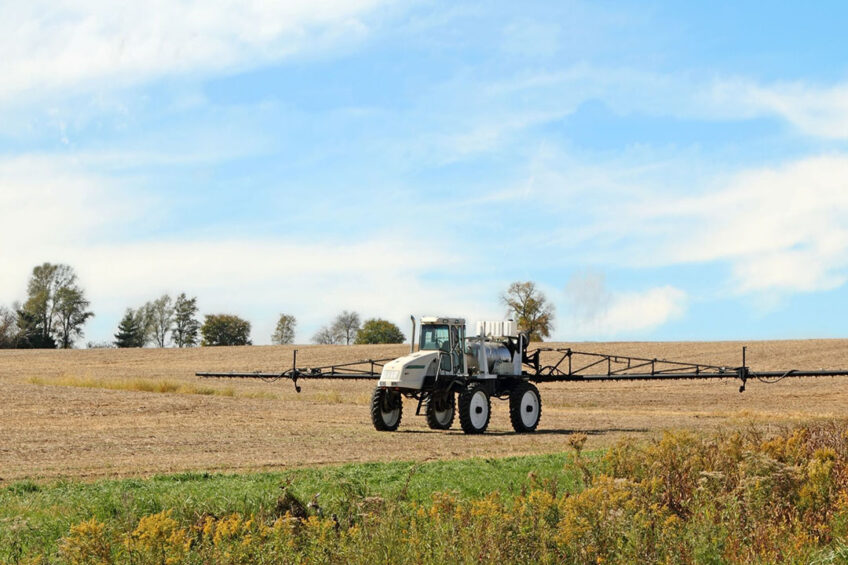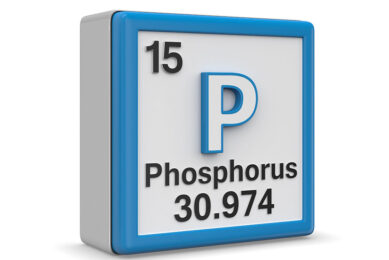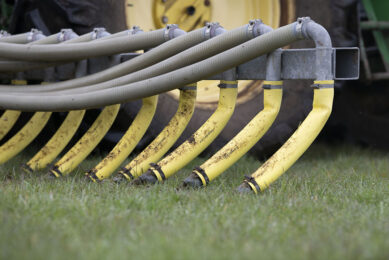Greater transparency needed in the fertiliser market

Little transparency in the fertiliser market has left growers with a lack of information, risking serious impacts for the 2023 growing season in the UK.
Tom Bradshaw, National Farmers’ Union deputy president, said Government and industry also need to work on a solution to enable the closed CF Fertilisers plant at Ince in Cheshire to restart production. Its closure means all CF Fertiliser production in the UK is at Billingham.
His calls come at a time when figures from the Agriculture and Horticulture Development Board show that fertiliser prices have increased by 180% year-on-year. In April 2021, the price was £281/tonne (€329 tonne), while this April it was £785/tonne (€919 tonne).
Costs and supply of fertiliser face unprecedented risks
Speaking at the annual Cereals event in Cambridgeshire, Mr Bradshaw said: “Over the past year, the fertiliser market has entered a new era. Costs and supply face unprecedented risks and we need a visible, transparent market to allow producers, distributors and farmers alike to manage these threats in a commercially viable way.
“Nitrogen fertiliser supplies are reeling from geopolitical events that have upended the energy markets it is reliant on. As a result, there is likely going to be a lack of availability next year and we are urging supplies to proactively come forward and publish fertiliser prices to give farm businesses maximum time to plan in 2023.
“It is a real possibility that nitrogen fertiliser is the limiting factor globally over the next 18 months which, alongside the crisis in Ukraine, will restrict global crop production and deepen the humanitarian disaster.”
National feed strategy: Importance of fertiliser
The Government is currently finalising its national food strategy and the NFU says it is absolutely critical that ministers recognised the importance of fertiliser and other inputs and make the system fit for purpose.
Matt Culley, NFU Combinable Crops Board chair, added: “Months of high prices, with nitrogen fertiliser costing three times as much as it did this time last year, are having a huge impact on arable growers across the country.
“When businesses are facing input costs that are already at least 50% higher than last year, the financial risks associated with cropping decisions are also increased, and harder to manage. Risks are also increased if we don’t get favourable weather conditions for next year’s crops. Growers are having to make tough decisions now on what to plant in the autumn, whether to downsize production, or reduce the amount of fertiliser which could impact productivity.
“All growers want their business to be as resilient as possible, especially when we work in such a volatile marketplace. Transparency is a key element to that but more progressive, independent advice to help growers drive nutrient use efficiency and make better use of manures and cover corps will help in this new world of fertiliser prices.”
Farmers should talk to their agronomist
Robert Sheesby, Agricultural Industries Confederation, which lobbies on behalf of fertiliser suppliers, said farmers could do more to cope with the changes. He told Farming Today: “If farmers are concerned the best thing they can be doing right now is talking to their agronomist, talking to their seed suppliers, talking about what their soil indices are, exactly what nutrients they will require and talking to their supplier about how he can source their fertiliser in a good timely fashion.”
Paul Christian, managing director of Sentry Farming, said some of the areas of cost were very hard to predict in the next few months.
Defra is to meet industry representatives later this week but said greater transparency in the fertiliser market was likely to help arable producers mitigate price volatility.











